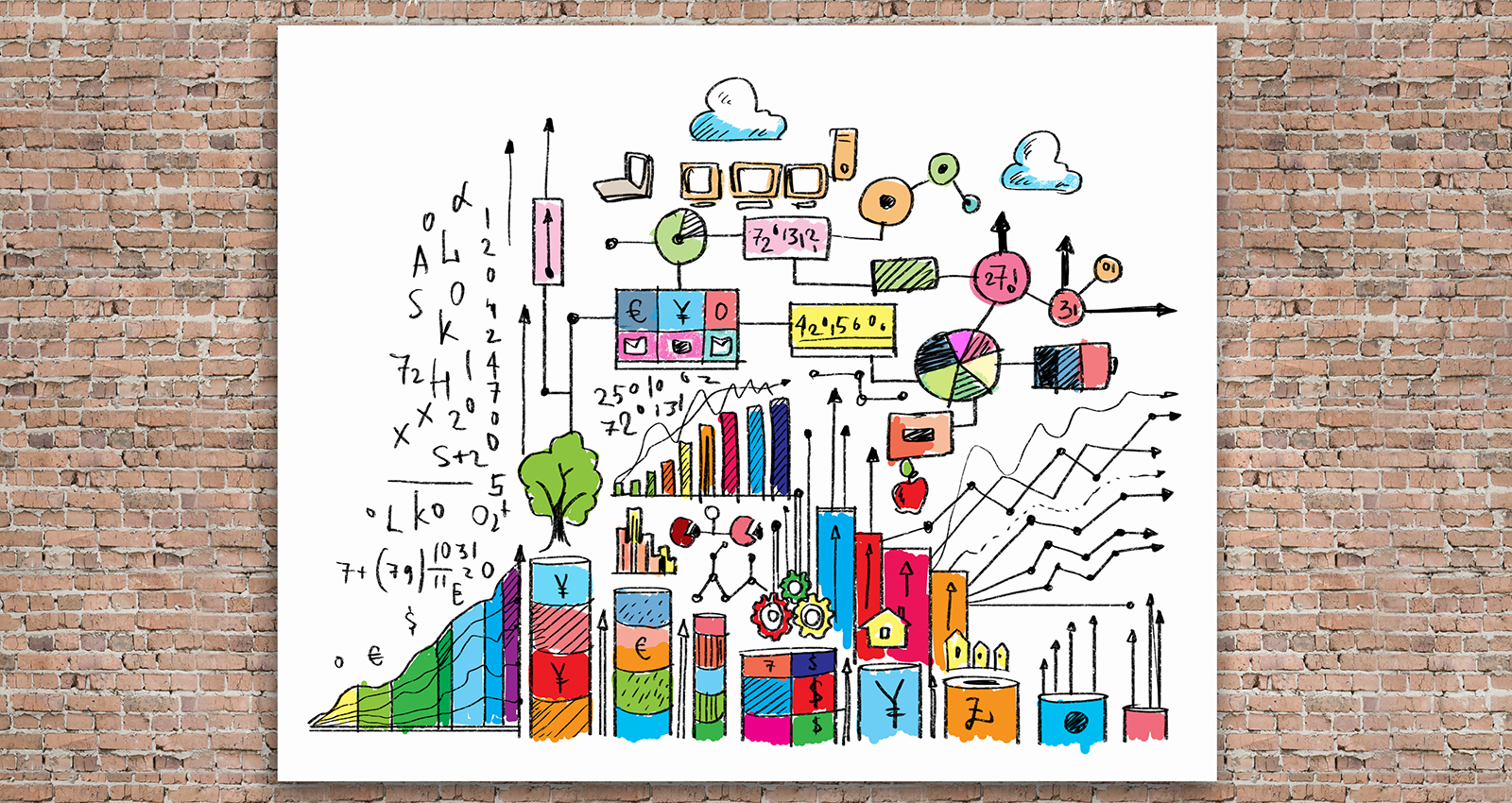Media and public relations (PR) have long been connected, but today, the line between the two is blurrier than ever. Digital platforms, influencer marketing, and branded content are making it harder to distinguish journalism from PR messaging. This shift presents opportunities for collaboration but also raises important questions about ethics, trust, and the future of both fields.
Traditionally, journalists served as society’s watchdogs, uncovering facts to inform the public, while PR professionals shaped narratives to promote their clients’ perspectives. These distinct roles ensured that both fields operated with clarity and purpose.
Today, however, the lines between journalism and PR are more difficult to distinguish. Newsrooms are shrinking, with more than 8,297 U.S. journalists laid off between 2022 and 2024, according to Columbia Journalism Review. The relentless demand for constant content and shifting advertising models have left media outlets increasingly reliant on PR materials.
Simultaneously, PR professionals now create content that mirrors journalism, from native ads to branded documentaries, driving a dynamic but complex relationship.
This shift is largely fueled by the digital transformation of media. Social media platforms operating on a 24/7 news cycle push journalists and PR professionals alike to fill the gap with news briefs from press releases, expert interviews, Op-Eds, reviews, and multimedia assets—redefining how stories are told in the modern age.
The rise of influencer partnerships and sponsored content has further blurred the lines. Influencers, who act as both journalists and marketers, promote products while engaging audiences in authentic storytelling, further complicating the distinction between media and PR.
While these shifts present opportunities for innovation, they also pose challenges. Trust and credibility are essential for both journalists and PR professionals. When audiences struggle to differentiate between editorial content and promotional material, the integrity of both fields can be questioned. Both sides must approach this relationship with integrity. PR professionals must maintain transparency by clearly distinguishing editorial content from promotional material. This clarity helps align expectations and prevents misunderstandings.
Despite these challenges, the evolving media-PR relationship presents opportunities for collaboration. PR professionals can provide valuable support to journalists by offering credible sources, data, and expert insights. For example, Mercom Capital Group often works with its cleantech clients to provide detailed reports and subject matter expertise to enhance a journalist’s story on the energy transition.
Similarly, we build mutually beneficial relationships by going the extra mile to provide journalists with the tools they need to create standout articles — exclusive content, timely and relevant information, insightful interviews, detailed technical data, and in-depth reports.
Even as the lines between media and PR continue to blur, Mercom’s commitment to honesty and integrity remains strong as this fosters respect and trust, building stronger partnerships with journalists. To keep up with the ever-shifting media landscape, we continuously educate our teams to make sure that they are equipped to effectively navigate the evolving media-PR landscape.
Contact Mercom Capital Group to learn more about how our global teams can help your company leverage the changing dynamic between media and PR.

